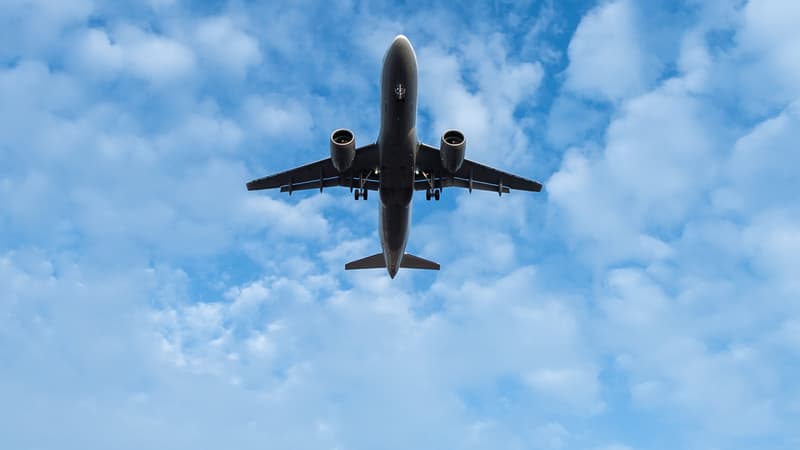A new consequence of climate change. In a new study published in the journal Geophysical Investigation LettersBritish researchers show that the climate crisis significantly increases the number and duration of turbulence on planes.
If until now it was only a hypothesis, this study based on the observation of atmospheric data for four decades (1979-2020) provides evidence of this increase for the first time.
Changes in the jet stream
In this period, over the North Atlantic, the total annual duration of severe turbulence increased by 55%, from 17.7 hours in 1979 to 27.4 hours in 2020. Moderate turbulence also increased by 37%, from 70 to 96 1 hours, in terms of the light ones, increased by 17% (466.5 to 546.8 hours).
This phenomenon refers to what is called “clear sky” turbulence, which occurs without really being preventable, unlike that linked to storms or clouds, which is better captured by radar. They appear due to changes in the speed and/or direction of the winds.
And this is happening more frequently with global warming. The global increase in temperatures causes changes in the jet-stream, that high-altitude wind that blows 10 kilometers above our heads. The path of the currents thus becomes more sinuous and more chaotic, thus creating more turbulence.
how do you remember The Guardian, we already know other negative consequences of climate change on world aviation. In fact, first of all, changes in the jet stream, which blows from west to east, lengthen the duration of trips to the west. In addition, rising temperatures reduce the weight that planes can carry.
Adaptation
According to the authors of the study, this trend should push the aviation sector to adapt. If for passengers, turbulence often remains only minor inconveniences and a few blue scares, it can sometimes cause more significant damage, leading to serious injuries.
“The airlines will have to start thinking about how to deal with the increase in turbulence, which is costing the industry between 150 and 500 million dollars a year in the United States alone,” he details with the guardian Mark Prosser, University of Reading.
Turbulence can cause delays, cancellations, diversions, or damage and wear to aircraft. “We should be investing in better turbulence detection and forecasting systems, to prevent rougher air from translating into more difficult flights for decades to come,” said Paul Williams, co-author of the research.
3.5% of global warming
However, in an interview with CNN last year, he said that this phenomenon does not mean that aviation will necessarily be less safe. “The planes are not going to start falling out of the sky, because they are built to very high specifications and can withstand the worst turbulence they can find, even in the future,” he explained.
However, this study highlights a paradox. Although air transport is affected by climate change, it is also one of its aggravating factors. According to a study published in 2020, the sector contributes 3.5% of global warming due to human activity.
This pollution includes CO2 emissions from planes but also, for example, the impact of the condensation trails they leave behind as they pass through the sky.
Source: BFM TV


